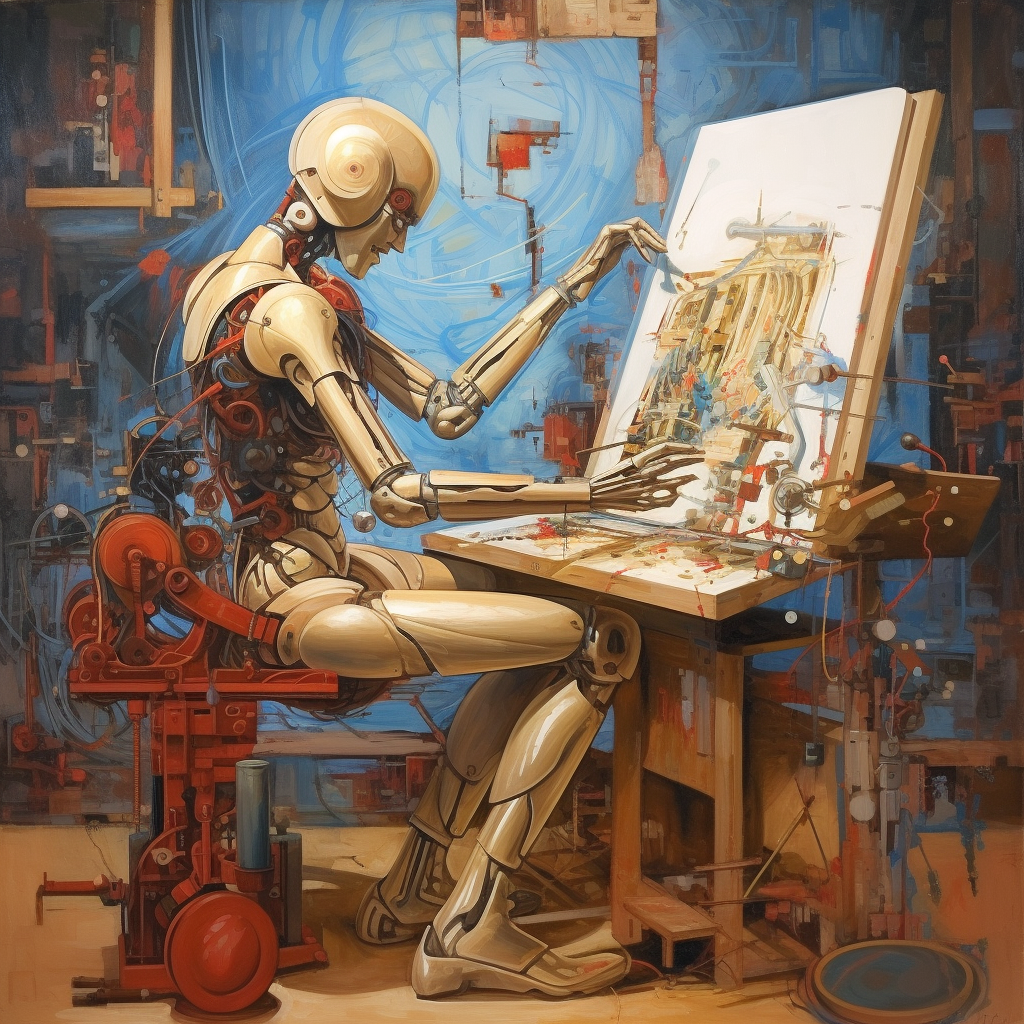The Pursuit of Artificial Intelligence: Emulating Human Ingenuity

Human intelligence has been a source of fascination and inspiration for millennia, driving our relentless quest to understand and replicate our own cognitive abilities. Artificial intelligence (AI) is a testament to this pursuit, as it seeks to create machines that can mimic human intelligence, learn, reason, and adapt. This article delves into the journey of AI, exploring its origins, milestones, and the ongoing efforts to emulate human intelligence in machines. The Origins of Artificial Intelligence:The seeds of AI were sown in ancient times when humans began to imagine intelligent machines and automata in myths and legends. The concept of artificial intelligence took a more concrete shape in the mid-20th century, with the advent of electronic computers and the development of mathematical theories and algorithms that could perform tasks previously reserved for human intelligence. The Turing Test: A Benchmark for Artificial Intelligence: Alan Turing, a pioneering computer scientist and mathematician, proposed a test for artificial intelligence in 1950. The Turing Test, as it came to be known, was designed to determine if a machine could exhibit intelligent behavior indistinguishable from that of a human. Although no machine has yet convincingly passed the Turing Test, it remains an important benchmark and an inspiration for the field of AI. The Early Days: Symbolic AI and Expert System: Early AI research focused on symbolic or rule-based systems, which used logic and explicit representations of knowledge to perform tasks. These systems, known as expert systems, were able to solve problems in specific domains, such as medical diagnosis or chess, by mimicking the reasoning processes of human experts. However, symbolic AI had limitations, including the inability to learn or adapt to new information and the difficulty of representing common sense knowledge. The Rise of Machine Learning:The limitations of symbolic AI gave rise to machine learning, a paradigm shift in AI research that aimed to create systems capable of learning from data rather than relying on hardcoded rules. Machine learning algorithms, such as artificial neural networks and decision trees, enabled machines to recognize patterns, make predictions, and improve their performance through experience. This approach allowed AI to tackle more complex tasks and overcome some of the limitations of symbolic AI. Deep Learning: Emulating the Human Brain: Deep learning, a subfield of machine learning, has further advanced AI by using artificial neural networks with multiple hidden layers to mimic the human brain's structure and function. These deep networks can process vast amounts of data, extract meaningful features, and learn hierarchical representations, enabling machines to excel at tasks such as image and speech recognition, natural language processing, and game playing. The Future of Artificial Intelligence: The pursuit of artificial intelligence is ongoing, with researchers constantly pushing the boundaries of what machines can do. Recent advances in AI include reinforcement learning, which allows machines to learn through trial and error, and transfer learning, which enables AI systems to apply knowledge from one task to another. As we continue to develop AI technologies, ethical considerations and the impact of AI on society become increasingly important, shaping the future of AI research and applications. The quest to emulate human intelligence has driven the development of artificial intelligence from its humble beginnings to the sophisticated systems we see today. Through AI, we have created machines that can learn, reason, and adapt, providing invaluable tools and insights across various domains. As we continue to strive for a deeper understanding of human intelligence and its replication in machines, we embark on a journey that promises to transform our world in ways we have yet to imagine.